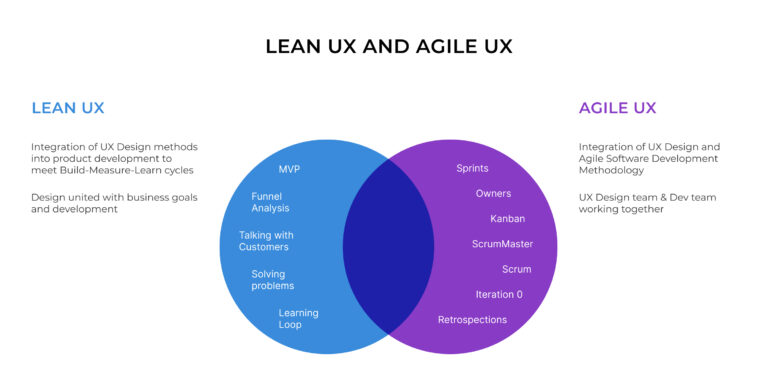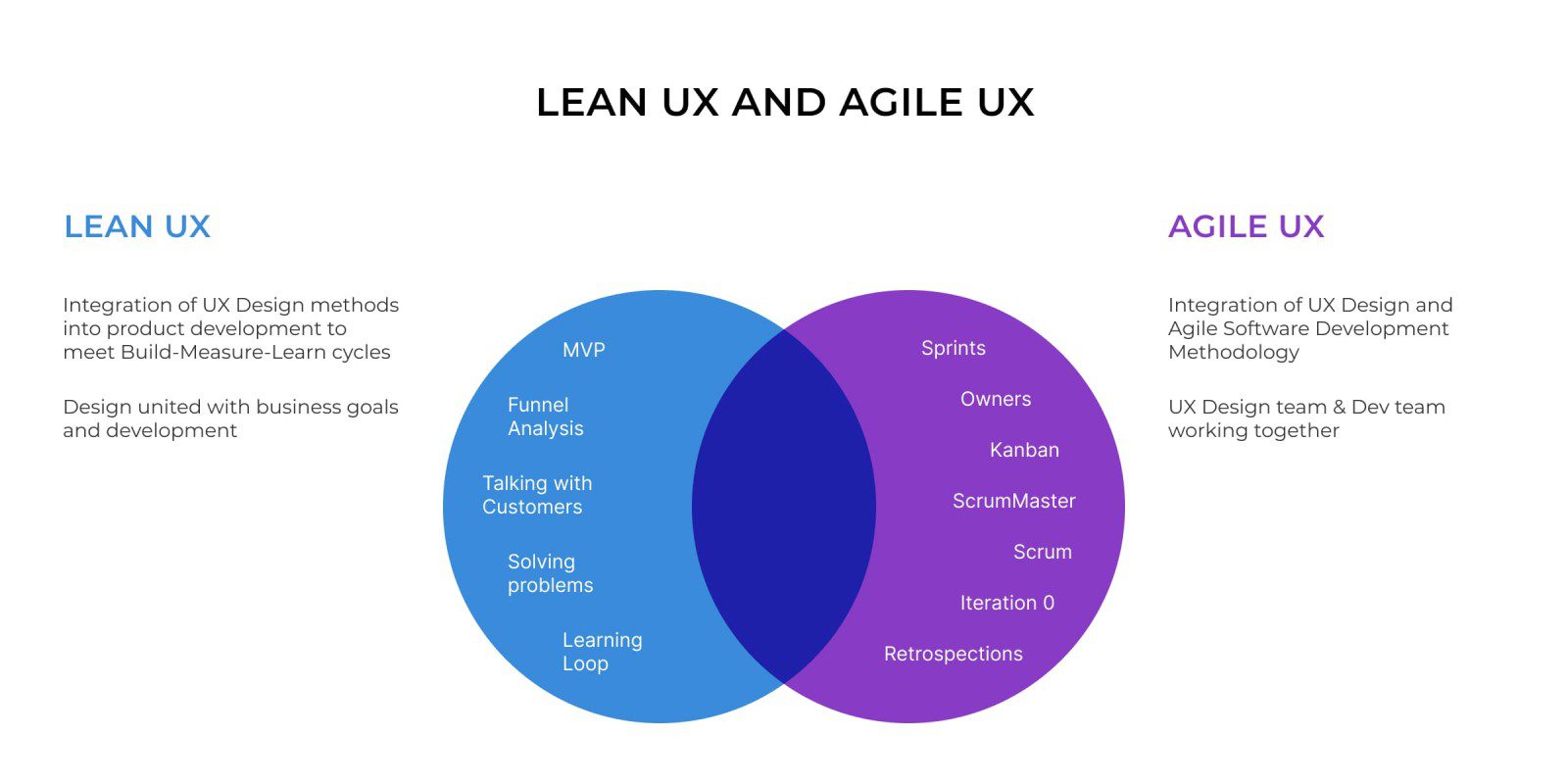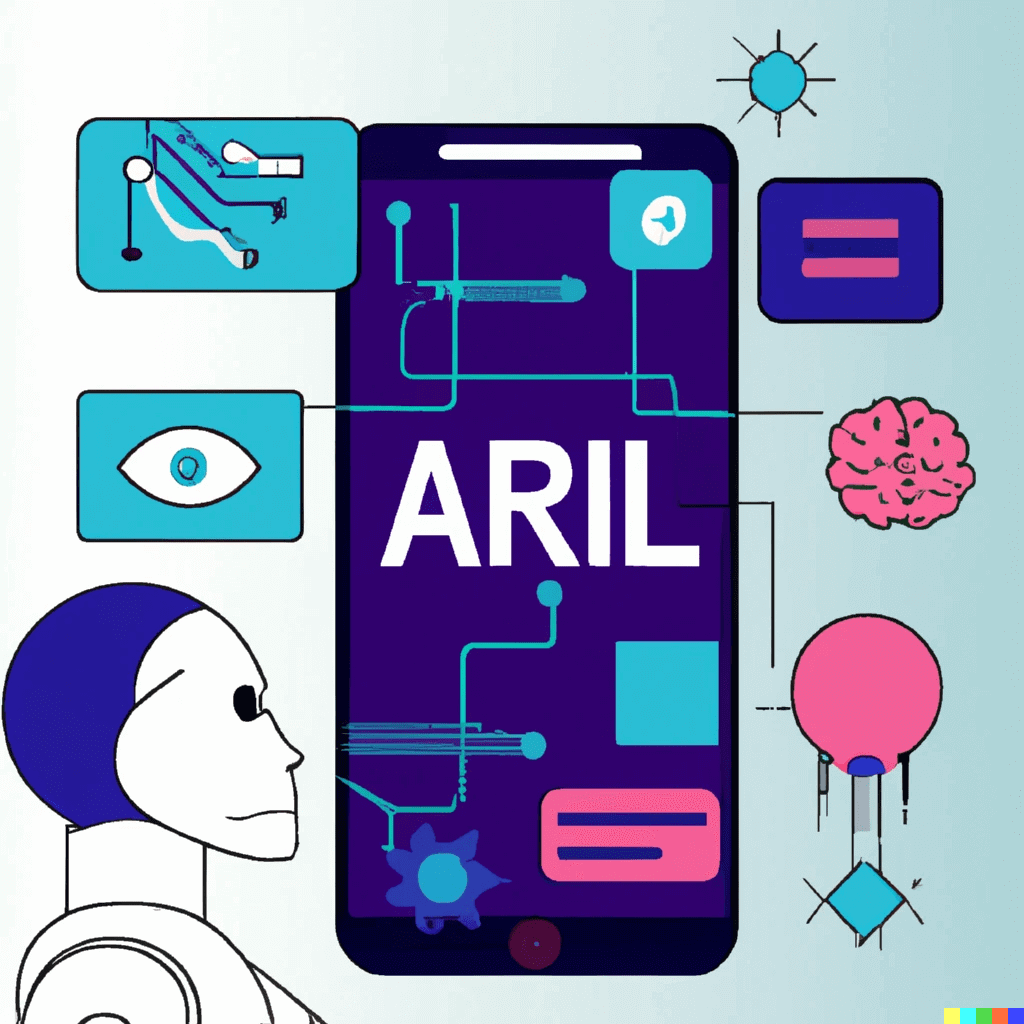8 Steps of UX Design Process: All You Need to Know
Are you interested in learning about the UX design process step by step? Understanding its significance is a good starting point.
According to research, approximately 80% of customers are willing to pay a premium for a superior user experience. Therefore, in addition to generating profits and enhancing your product’s quality, UX is critical for cultivating a devoted following and ensuring effective collaboration among your design team.
This article provides insight into the most crucial stages of the UX design process, the significance and essential principles of UX design, key steps in the design process, best practices and much more. Keep on reading to dive into this topic!
What is the UX Design Process?
The UX design process involves crafting product designs that deliver a valuable experience to users. It encompasses all design efforts to create websites or mobile apps that are intuitive, easy to navigate, and user-centric.
The UX design process prioritizes enhancing the following aspects of digital products:
- Usability
- Accessibility
- Functionality
- Branding
- User satisfaction with design
While UX is a commonly used planning process in the design industry, it is tailored to the specific project and can be applied to simple platforms like a website homepage, as well as more complex interfaces, depending on the project’s unique needs.
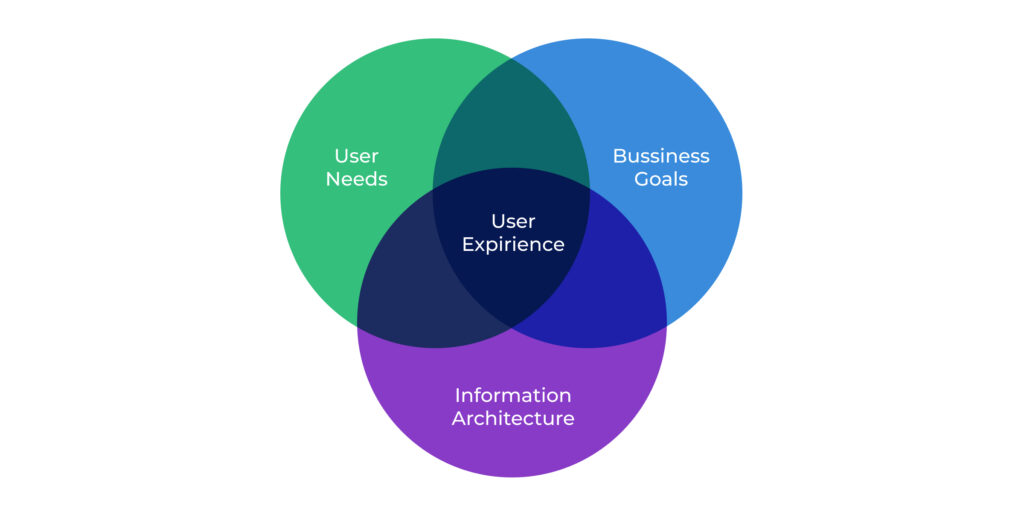
Different projects require different UX approaches. However, some practices and deliverables are universal and should be implemented consistently across all projects. These include conducting product research before moving on to prototyping.
The Significance of UX Design in Software Development
In software development, UX design is crucial for websites and mobile apps. Without a solid UX design process, a product may fail to meet users’ needs and consequently lose credibility with its consumer base.
A decline in software loyalty can lead to a drop in user numbers, as well as a negative impact on profits and reputation. These statistics reinforce the importance of UX design:
- 88% of users will only return to a website with good UX (according to Hubspot).
- 90% of users will stop using a mobile app due to unsatisfactory performance.
- E-commerce businesses lose 35% of sales due to poor user experience (as per an Amazon Web Services study).
By implementing a clear and concise UX process, a design team can more easily create product designs that provide exceptional user experiences.
Industries That Place the Highest Importance on UX Design
The UI/UX design process can greatly impact the success of products across various business industries. However, there are some sectors where a thoughtful user experience is particularly crucial. Let’s delve into them in greater detail:
Real Estate Software
UX design plays an important role in the real estate industry, and here’s why.
Digital products in this niche typically aim to sell or rent real estate. These products should enable users to conveniently view housing offers, conduct transactions, and access all relevant information about the property.
If your software has poor UX design, it can have a negative impact on your audience. From an ordinary user’s perspective, they need a simple solution that allows them to buy or rent a home in just a few clicks. From the viewpoint of real estate agents or landlords, the software should be easy to use for posting housing offers and more.
Healthcare Software
When it comes to healthcare software, the importance of UX design becomes even more critical. How should your software look if everyone, regardless of age, needs to see a doctor occasionally? The main objective is to ensure that your product is accessible to any user, including medical professionals who require remote patient monitoring apps.
eCommerce Software
A well-thought-out UI/UX design process can guarantee higher earnings and more loyal customers for eCommerce businesses. According to Amazon Web Services, companies that invested significant budgets in their digital products’ UX saw a sales increase of 75%. Even businesses that allocated less money to user experience could still witness a 60% increase.
FinTech Software
The finance industry can be challenging for the average customer to understand, so FinTech software should provide the smoothest possible user experience. For instance, financial apps should offer hints for financial terms and display complex information in simple graphs and charts.
Essential Principles of UX Design
A solid understanding of UX design concepts and terminology is essential for successfully implementing an effective design process that meets your business needs. Let’s explore some key concepts:
Design Thinking
Design thinking is a central aspect of UX design that prioritizes human-centered designs. It is a methodology that takes a solution-based approach to address human-related problems. The design thinking process typically involves five stages:
- Empathy
- Definition
- Ideation
- Prototyping
- Testing
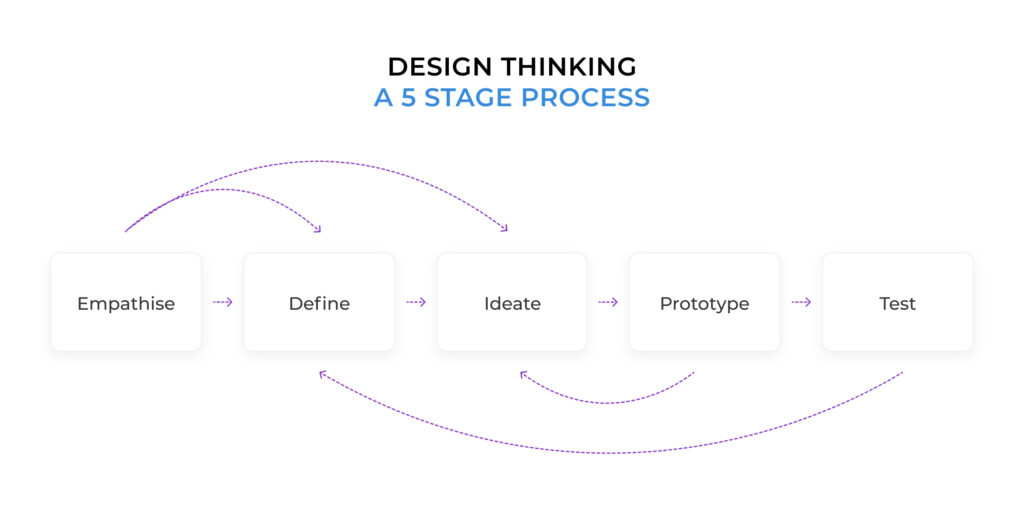
Design Sprint
The Design Sprint is a systematic process based on design thinking that helps teams leverage the design thinking mindset to make data-driven decisions. The process takes place over a five-day period, during which teams answer critical business questions and solve problems through design, prototyping, and testing ideas with customers.
The concept of the Design Sprint was created by Jake Knapp while working at Google, and the methodology is described in his best-selling book, Sprint.
Although design sprints can be stressful, the process can create a sense of cooperation and togetherness within the team. The creative activity requires relaxation and revitalization of teammates to ensure that only the best ideas come forth.
The Lean UX vs. Agile UX
In addition to design thinking, there are other approaches to establishing an effective design process, such as Lean UX and Agile UX. Let’s explore the differences between them.
Lean UX is a product design process that applies lean principles. Jeff Gothelf published this idea in 2013 and is still one of the most prominent authors on Lean UX. It unites product development and business through constant measurement, using “learning loops” of build-measure-learn synchronization.
On the other hand, Agile UX is an update of Agile Software Methodology that incorporates UX design methods. Its primary goal is to unify developers and designers in the Agile product development process. While Lean UX specifically refers to methods and applications used in the dynamic environment of a Lean Startup.

Lean UX teams often use agile UX to coordinate their software development efforts, as both methodologies can complement each other. Agile is a popular choice for startups looking to streamline their software development process.
Aside from these methodologies, there are other commonly used UX design methods and techniques. However, before applying any of them, it is crucial to establish a consistent design process that includes all the stages of the UX system.
Let’s take a closer look at the most important stages of the UX design process.
Key Steps in the UX Design Process: An Overview of the 8 Essential Stages
The UX design development process consists of several stages that can be grouped into major phases. These phases are fundamental to all UX design approaches and include the following:
- Stakeholder Interviews
Stakeholder interviews are a crucial stage in the UX design process, as they help define your business goals, vision, values, and product strengths and weaknesses. The stakeholders’ opinions are essential for further developing your project, making it the first step to establishing the UX app design process.
To ensure productive stakeholder conversations, you should first decide whom to interview and whose opinion matters most for your project. It is also essential to record all the discussions and provide them to the UX designers for analysis.
By the end of this phase, you and your team will clearly understand the product’s goals.
- Understanding User Needs
User research is a crucial aspect of the UX design process as it aims to create the best user experience. This phase lets designers empathize with the users and understand their problems and needs.
The designer can use various methods, such as interviews, surveys, and observations, to conduct user research. It starts with studying the problem space, planning interviews with stakeholders and potential users, and researching product competitors.
- Creating User Personas and Sitemaps
User personas are reliable and realistic representations of a key audience segment that designers can reference. However, it’s important to note that personas represent a user story and flow, not the opinions of all possible users. They aim to form a consistent target group to understand their motivations and problems.
Creating a user sitemap or flow is also crucial as it helps designers visualize the user journey through the product. This step aids in identifying pain points and areas for improvement.
- Creating Information Architecture
Developing the information architecture is a critical stage in the UX design process. Sitemaps are used to display the website’s structured navigation, demonstrating the relationship between different pages.
- Developing Wireframes
Wireframes are a visual representation of the page structure in the design process. They serve as the backbone of the product and are often used as the framework for mockups. Various tools, including Sketch, Figma, Axure, Adobe XD, and Balsamiq, can be used to create wireframes with an aesthetically appealing and robust design.
- Developing Interactive Prototypes
Once the wireframes are approved, the UX designer moves on to developing interactive prototypes. This stage involves designing the actual interface of the UX using software such as Sketch, Photoshop, or Illustrator. The interactive prototype serves as the point of intersection between UX and UI.
- Testing the Prototype
This step in the UX design process is crucial to determine if the solution works as planned and efficiently provides the intended services. Paper and digital prototype testing are the forms of prototype testing that can be used in the UX project.
- Iteration
The final stage of the UX design process involves developing the project design based on user feedback and opinions from other stakeholders. Iteration refers to the iterative process of refining the design, which is the final editing stage of the design outlook.
Here how it looks like together:
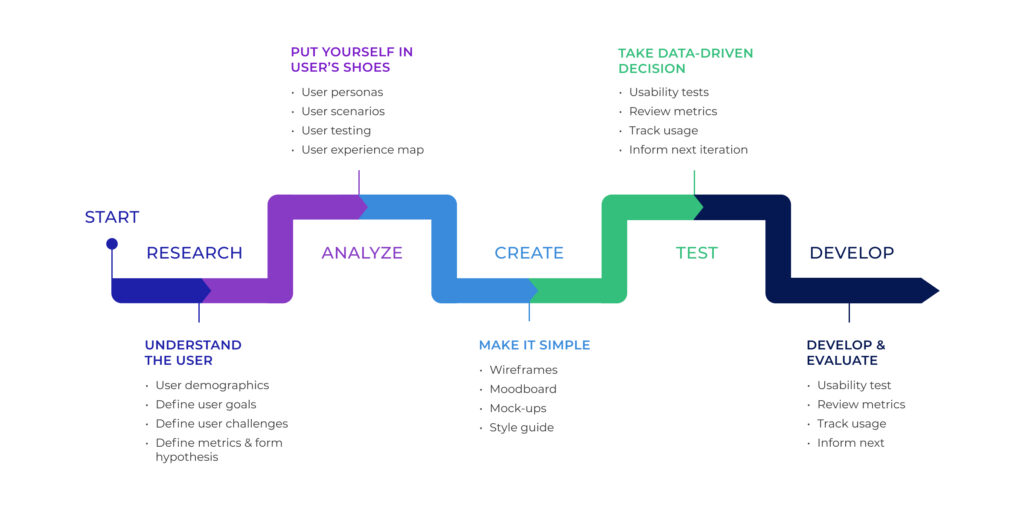
Top UX Design Best Practices
By adopting these tips, you can improve the quality of your UX design process and deliver better user experiences:
Engage with Your Audience during User Research
Communicating with your audience is crucial during the initial phase of UX design, where you gather user feedback through surveys and other research methods. Engaging the right audience and using the right metrics to select feedback for designing the UX is essential.
Try the UX Design Sprint Approach
The UX design sprint is a five-day process for answering critical business questions, including designing, prototyping, and testing ideas with users. Many companies use this approach to define product direction, build team culture, and reveal their strategy.
Explore New Tools
To develop an excellent website or mobile application, designers must try new tools during the software design development stages. Being flexible and open to new tool-choice options allows creative and efficient UX designs.
Gather Feedback from Users
After testing the design with users, providing a platform for feedback is important. User feedback is the fuel that drives the UX process.
Analyze and Optimize
It’s necessary to analyze and optimize the process properly in order to improve the existing gaps in the UX process.
Six Essential Qualities Every UX Designer Should Possess
After familiarizing yourself with the essential phases and best practices of the UX design process, it’s crucial to recognize the crucial role that UX designers play in this activity.
Below are the critical qualities that an experienced specialist should possess.
- Effective Communication Skills
Effective communication skills are vital to ensure that the designer comprehends and articulates your product’s objectives and can clearly communicate their vision. This skill is essential during the user research phase and interviews.
- Empathy
Empathy, or compassion, is another fundamental quality every UX designer should possess. By putting themselves in the users’ shoes and understanding their pain points and requirements, your designer can offer the best solution for your audience.
- Analytical Thinking
Strong analytical skills are vital for a UX designer to evaluate user feedback and data, identify patterns and connections, and create effective design solutions.
- Technical Competence
While a UX designer does not have to be a coding expert, having a fundamental understanding of how developers work and coordinating with them is crucial to ensure seamless design implementation.
- Self-assurance
In addition to the aforementioned qualities, successful UX designers should possess confidence in their design solutions, communicate their ideas effectively, and make informed design decisions.
- Continuous Learning
An excellent UX designer should be eager to learn and adapt to new tools and current user experience trends to stay relevant and innovative.
Final Thought
Creating a website or application demands UX designers to deliver an experience meeting users’ expectations. Therefore, carefully considering various approaches to UX design development is crucial, as it directly impacts the website’s turnover rate per click.
Outsourcing your design development to an established IT company with a consistent UX design process is often more efficient than building your design team from scratch.
Find yourself a team that has extensive experience in design services and is committed to delivering results that align with your product needs and ensure user satisfaction with your product design to benefit your business!
